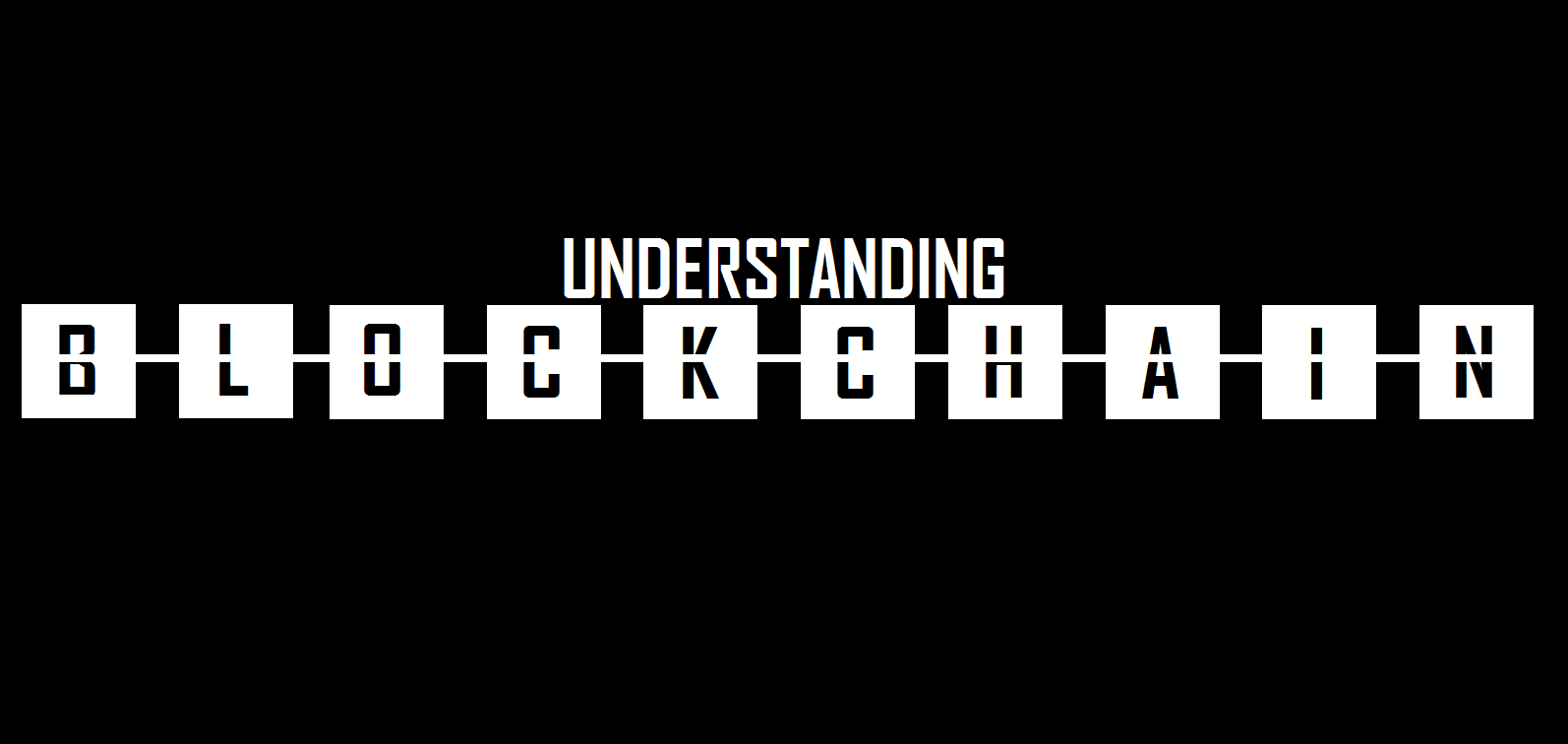
Blockchain is a new technology for performing transactions, often compared to the Internet which revolutionized the way one shares/sees Information. It was first conceptualized by an anonymous person or group of person known as Satoshi Nakamoto in 2008. A Blockchain, in the simplest definition, is a ledger of transaction from the time of its genesis. Transaction is any transfer of a tangible/non-tangible asset within the people associated with that Blockchain. Bitcoin is just one of the many application whose core technology is Blockchain.
In most of the transaction, there are three parties involved: the sender, the receiver, and the trusted verifier whose role is to verify that the transaction has actually taken place. For instance, one transfer money via bank through cheque, by money wallet; or one lease out a property after performing certain kind of paperwork implying Government as a trusted authority. A Blockchain removes the necessity for a third party to verify the transaction. This also implies that the Blockchain is robust to fraudster and fraudulent transactions.
A Blockchain, visually or programmatically, is nothing but a chain of blocks where each block is a set of transactions. Every block contains information such as current timestamp, a link to the previous block and the next block, a collection of valid transactions during the time period between the formation of previous block and current block. Its network consist of working nodes called miners, whose main work is to create new blocks. These new blocks are joined in a single, continuous, authorative record called Block Chain. Whenever a new transaction takes place, it then propagates to the peers of the originating node and so on, till it exists with the whole network. Now the miners’ job is to validate the transaction and create the block by collecting a set of transactions. Creating a block is computationally expensive cryptographically challenging task. Once such a new block is created it is added to the chain and is then transferred back to the whole network. The other receiving nodes in the network adds the block to the existing ledger after validating the block. If one were to alter any transaction in a fraudulent way which had already taken place, they would have to find a new block that would include that transaction to fit the chain. If the current block to be computed in the network is at number 88, and the altered transaction block was 79, then the person will have to find 9 (79-87) more blocks to make a valid blockchain and pass it to the peer network. This is theoretically possible but is not in real world since finding block is not an easy task, making blockchain an ever increasing, irreversible, secure and public ledger
Bitcoin, a very popular digital currency, relies on Blockchain. Applications of Blockchain is not limited to digital currency, it can be used to create smart contracts that execute on fulfilling a certain criteria (ex. Ethereum), for instantaneous peer-to-peer transaction without third parties (ex. In stock trading, property trading, patents), etc
To conclude, Block Chain is a distributed ledger of important transactions stored on a decentralized peer-to-peer network which is incorruptible due to high computation costs of blocks making it irreversible creating a trustworthy network to transact removing the need of middleman.
 Never miss a story from us, get weekly updates in your inbox.
Never miss a story from us, get weekly updates in your inbox.